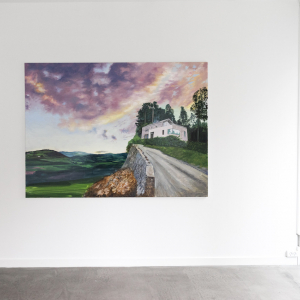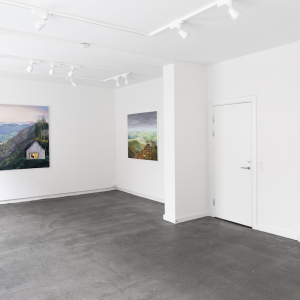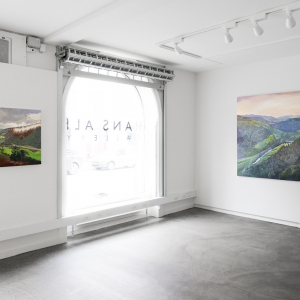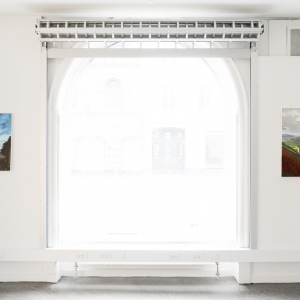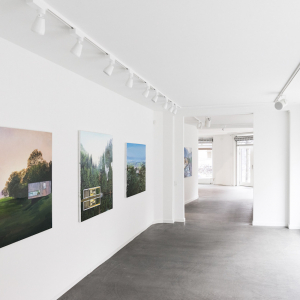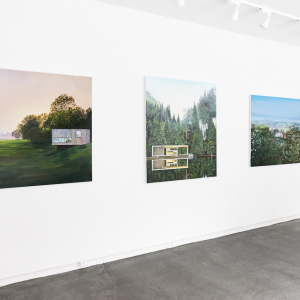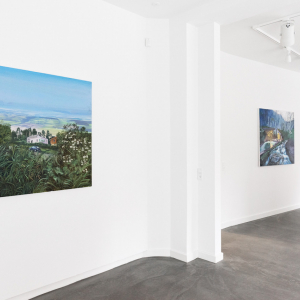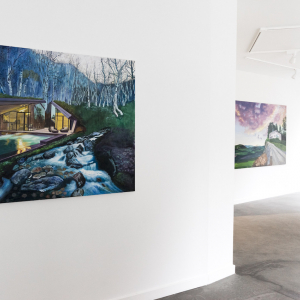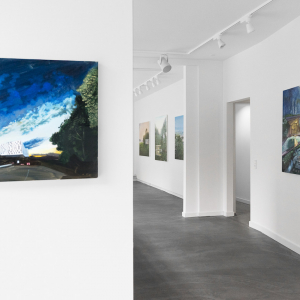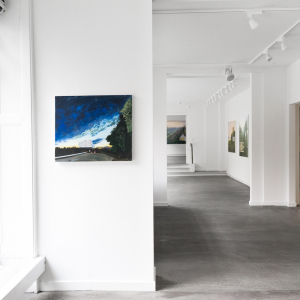By definition, the visual arts are concerned with the visible. But what if the observable world, limited as it is by its own physicality, isn’t in itself enough to explain the scope of human experience; of individual thoughts and feelings?
During the last couple of years, South African painter Natasha Kissell, who celebrates her sixth solo exhibition with Has Alf Gallery this April, has become increasingly fascinated by the romantic era in British literature, where writers such as Samuel Palmer, William Blake and Emily Brontë were the major heroes. Especially the latter has had a profound influence on Kissell’s recent works, and thus the title of the show – ”Then Dawns the Invisible” – is a direct reference to Brontë’s “The Prisoner”, just like numerous work titles paraphrase lines in her most iconic poems.
Bridging the gap of centuries, a peculiar dialogue seems to have emerged between the painter and the poet. In much the same way as Brontë fantasized about a dream world that could be reached through perception, Kissell invites her audience to enter a foggy and unreal yet extremely familiar landscape, which seems to mirror the artist’s own imagination. Unlike Brontë, who famously ‘could never dream till the earth was lost’ to her, Kissell insists on being in the world and dreaming at the same time. It isn’t the poet’s resigned disdain with reality and the continuous pursuit of a vague dream that characterizes Natasha Kissell’s works: They are not fatalistic as their romantic model, but rather they seek to emphasize the dream as a real and beautiful possibility amid the hustle-bustle of everyday life.
And yet, a sense of melancholy is always present in Natasha Kissell’s works. As when she names a painting “For the World is More Full of Weeping, Than We Can Ever Understand” and openly references W. B. Yeats. But with Kissell, melancholy exists more as a profound solemnity; a reflection on the imperfect nature of reality in the face of the ideality of dreams. This play on utopian ideals is apparent in Kissell’s stylized portrayal of hyper symmetrical architecture, in the otherworldly light in her landscapes, or in the inner perspective of her paintings that always seems to defy itself to a certain extent. Kissell wants to remind us that, what we see is merely a fantasy. But we’re also encouraged to surrender to the illusion.

